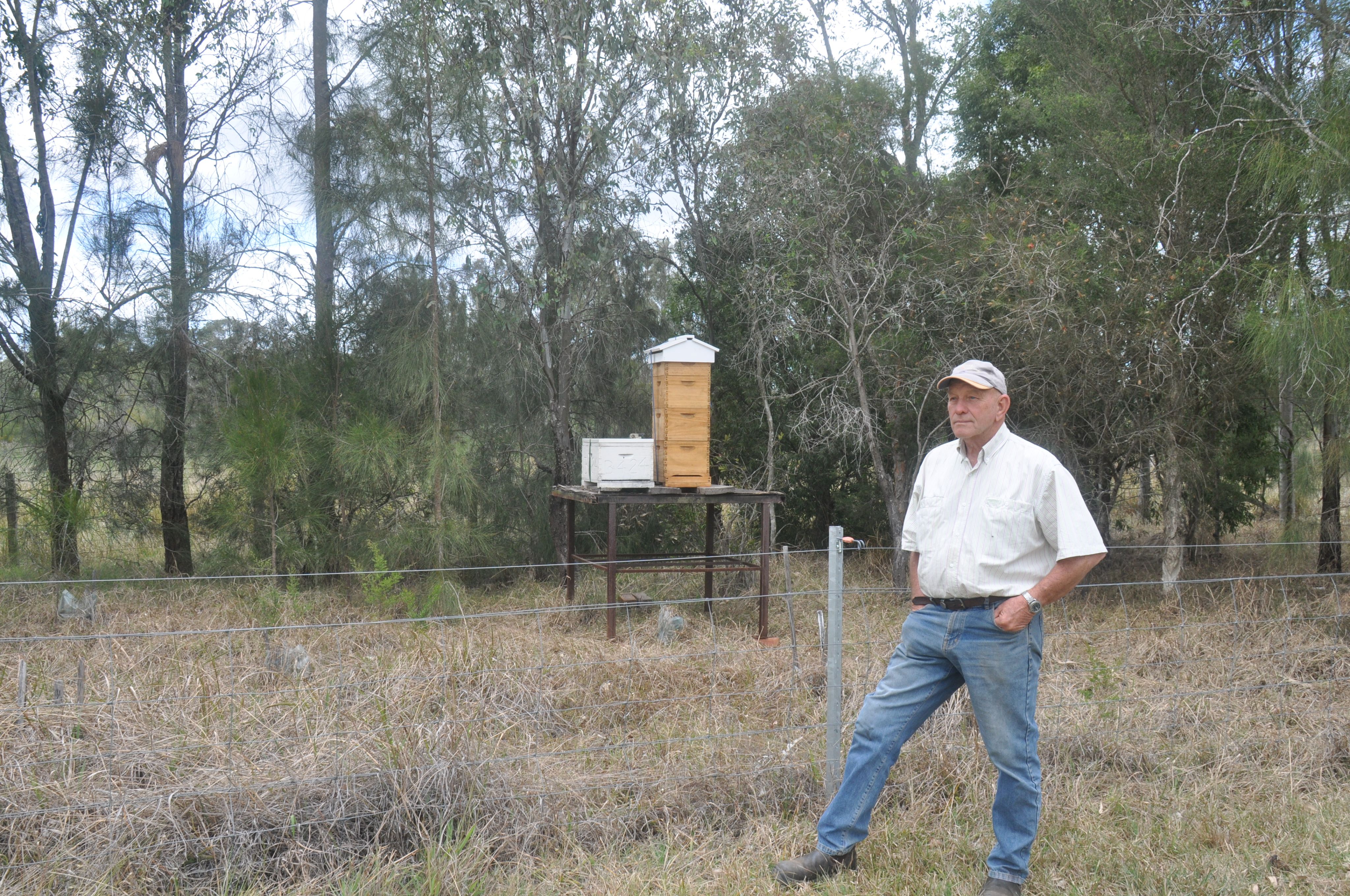Lost and divided
How a tiny parasite destroyed livelihoods and changed an industry forever
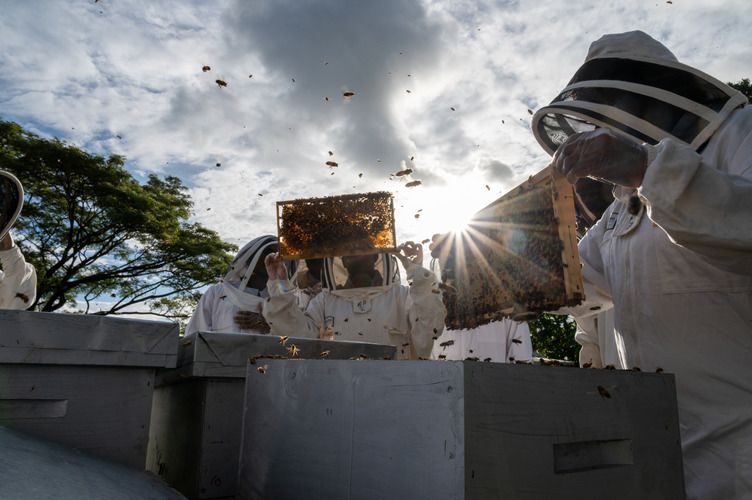
It was close to midnight when three people in protective Hazmat-like suits carrying jerrycans of petrol arrived on Mark Brown’s farm, just outside Maitland, to kill his honeybees.
The nine hives, each home to around 50,000 bees, sat at the back of Brown’s property pollinating his permaculture farm and producing honey that Brown and his wife supplied to a community grocery.
Mark Brown says the bees had always given him more than crops and honey.
The kill had to happen at night when most bees are home from their day’s foraging.
The team approached the hives with red light torches that bees can’t detect.
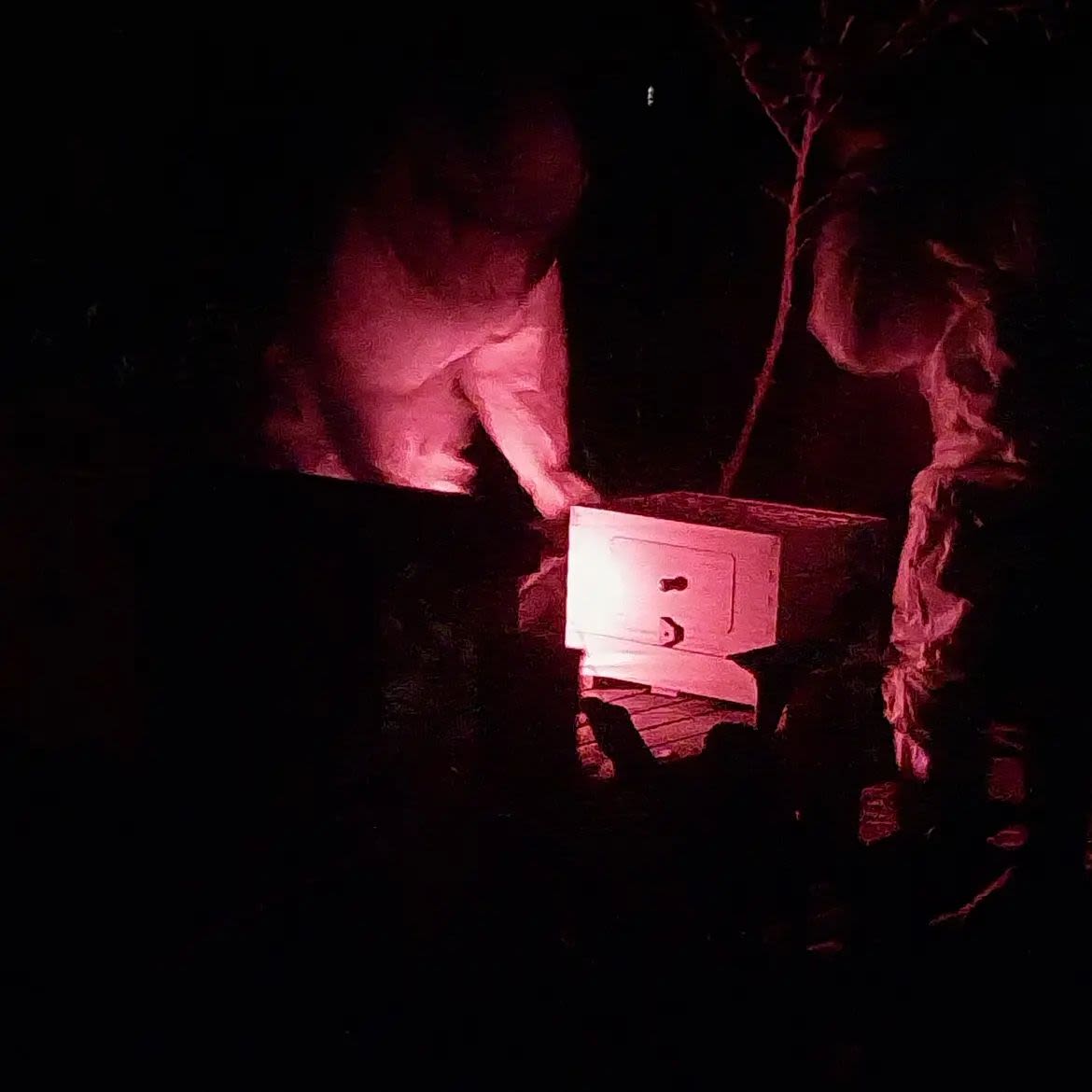
Supplied: Clara Roza, beekeeper
Supplied: Clara Roza, beekeeper
Brown couldn't help feeling pleased when one cranky hive isolated in a neighbouring paddock fought back, “When they opened up the hive, the bees all came out and attacked them."
The following night, the team returned and got the better of Brown’s last bees. The hive was wrapped in black plastic and red tape ready for the incinerator. But days later, the collection team found live bees inside, back at work fixing up their home.
“I think a rat chewed through the plastic and the bees were coming and going and cleaning up the hive. Those guys really, really wanted to live.”
In the days before his feisty bees were finally killed, Brown sat beside the poisoned hive watching them come and go.
He hasn’t seen a honeybee since.
Over the last year, all honeybees across the Hunter, Central Coast and Mid North Coast were killed to prevent the spread of a deadly parasite that wipes out bee colonies.
The varroa destructor, a mite the size of a sesame seed, is a threat not just to Australia’s honey production, worth $250 million, but to the more sizeable $14-billion-dollar agricultural industry that relies on honeybees to pollinate crops.
Australia was the only continent still free of varroa mite until it was detected in Newcastle last year. The Department of Primary Industries (DPI) began an ambitious eradication program, killing all bees within a 10-kilmetre radius of a mite detection.
Over 15 months, DPI teams poured petrol into more than 45,000 hives, killing millions of bees, whether they had varroa mites or not. Mark Brown’s and hundreds of other honeybee businesses collapsed.
Last month, after sustained outcry from beekeepers, the NSW government stopped the eradication program, admitting its efforts to trace and delimit the mite had failed.
With millions of bees dead and beekeepers’ livelihoods in tatters, many in the bee industry are asking why the response was so poorly managed and will Australia be ready for the next biosecurity threat?
The varroa mite punctures the bodies of adult and baby honeybees to feed on their fat, weakening them and transmitting viruses.
Varroa mites reproduce exponentially. Within months, a hive that only had a handful of mites at first has thousands.
Dr Cooper Schouten, director of Bees for Sustainable Lives and lecturer at Southern Cross University, says beekeepers often don’t realise their hives are infested until it’s too late.
Footage supplied: Dr Cooper Schouten
Footage supplied: Dr Cooper Schouten
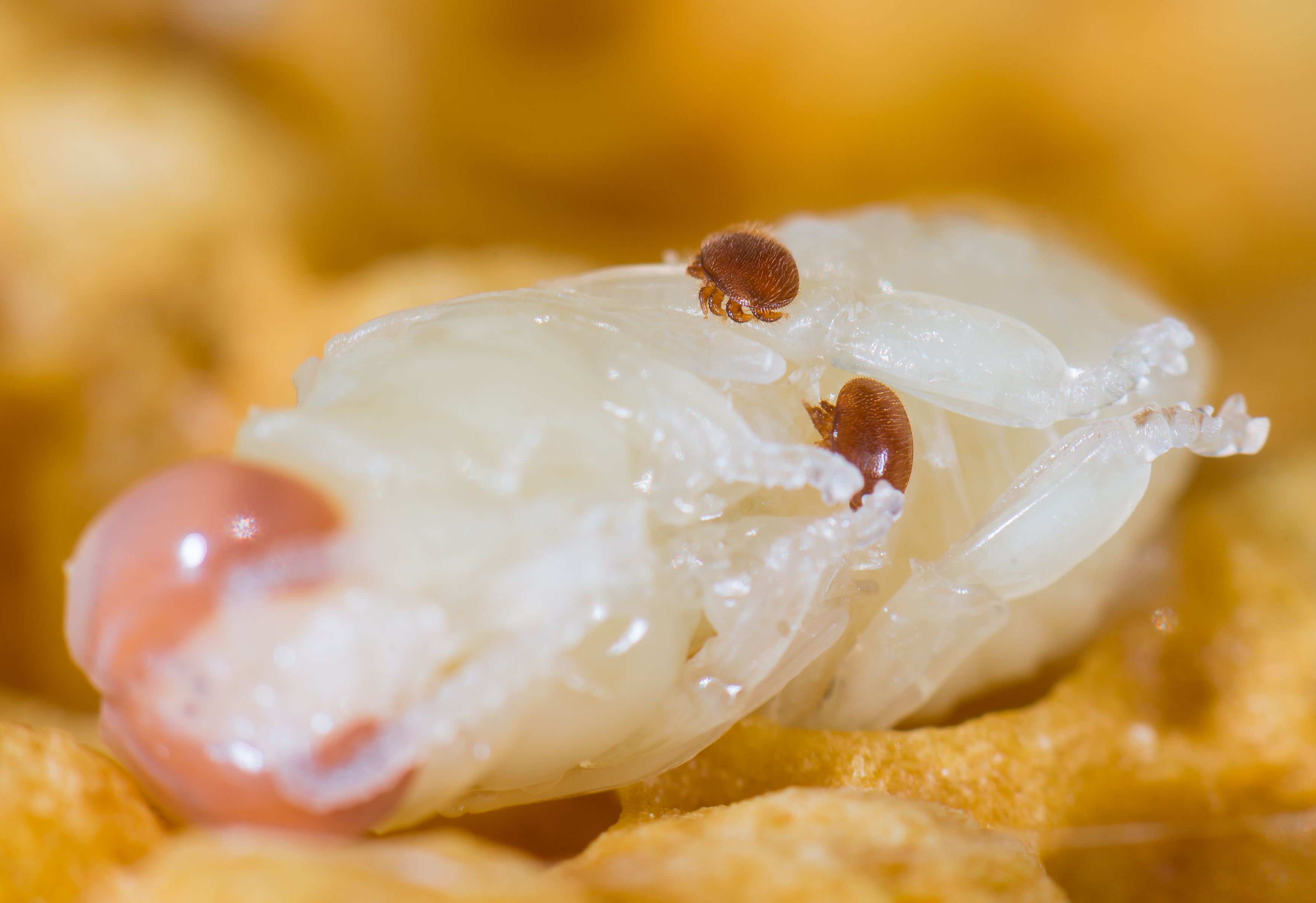
Source: Shutterstock, Simon Hinkley & Ken Walker, Museums Victoria
Source: Shutterstock, Simon Hinkley & Ken Walker, Museums Victoria
Countries all over the world manage varroa and still pollinate and produce honey, but the tiny mite changes beekeeping drastically. It's feared managing the mite in Australia's climate would be especially difficult.
Only the most committed beekeepers willing to take on the extra labour, increased cost and the challenge of using pesticides would survive.
Danny Le Feuvre, CEO of the Australian Honey Bee Industry Council (AHBIC) and member of the National Management Group (NMG) that steered the response, says, “Every other country we spoke to said if you’ve got a chance (to eradicate), take it.”
Industries and government were unanimous - Australia had to give eradication “a red-hot go”, says Le Feuvre.
But to stay ahead of the mite, multiple factors had to play out perfectly. Surveillance of hives to find the mites had to be effective and thorough, restrictions on hive movements had to be adhered to, communication with beekeepers had to be clear and consistent, DPI had to have enough people on the ground to destroy bees, and, perhaps most ambitiously, infected feral hives deep in the bush had to be eradicated too.
The most contentious factor, that pitted beekeeper against beekeeper, was hive movements. “The main problem for any biosecurity for pest and diseases is human activity,” says Schouten. Up to 40 per cent of Australian beekeepers make money by trucking bees across the country to pollination events, “Beekeepers are forever driving around.”
When the mite was discovered, pollination season was just weeks away.
The NMG, made up of growers, beekeepers and government representatives, agreed on a bee lockdown. But they made an exception for beekeepers providing pollination.
Honey producers trapped in eradication zones, where moving bees was forbidden, were furious that their bees were being killed while the pollinators were trucking their bees around the state, risking further spread.
“Yes, there were movements to pollination events,” says Le Feuvre, “because if we were to stop all hive movements, not only would it cripple the honeybee industry, but it would wipe out a third of agricultural production in this country.”
The DPI said in a statement, they had to “balance risk with business continuity where possible.
Clara Roza's backyard hives on the Central Coast were destroyed when the eradication zone just skimmed the edge of her property.
Pursuing eradication while allowing the very activity that would undermine it didn’t make much sense to Roza.
She says this double standard saw many beekeepers lose trust in the DPI.
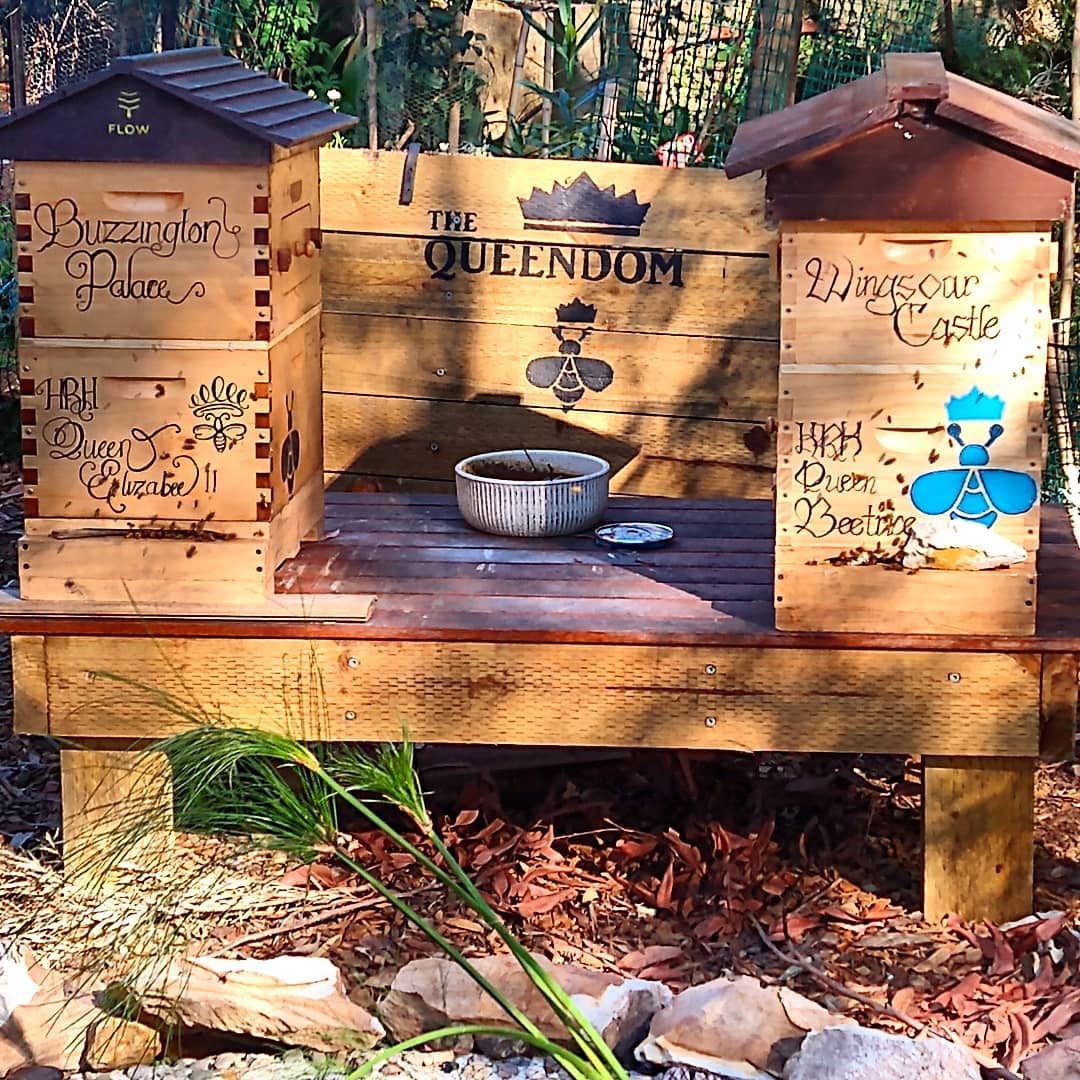
Supplied: Clara Roza
Supplied: Clara Roza
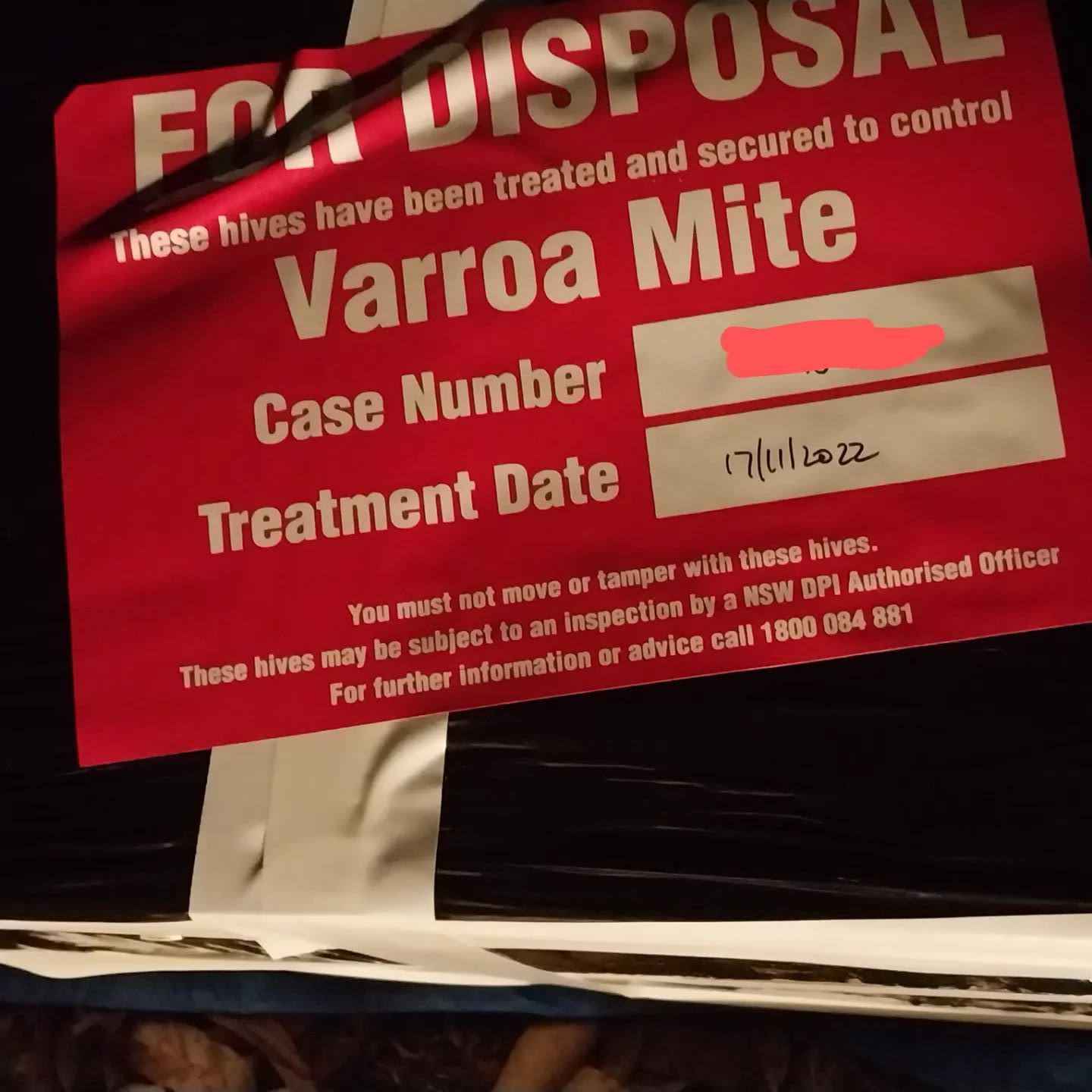
Supplied: Clara Roza
Supplied: Clara Roza
Varroa mite spread
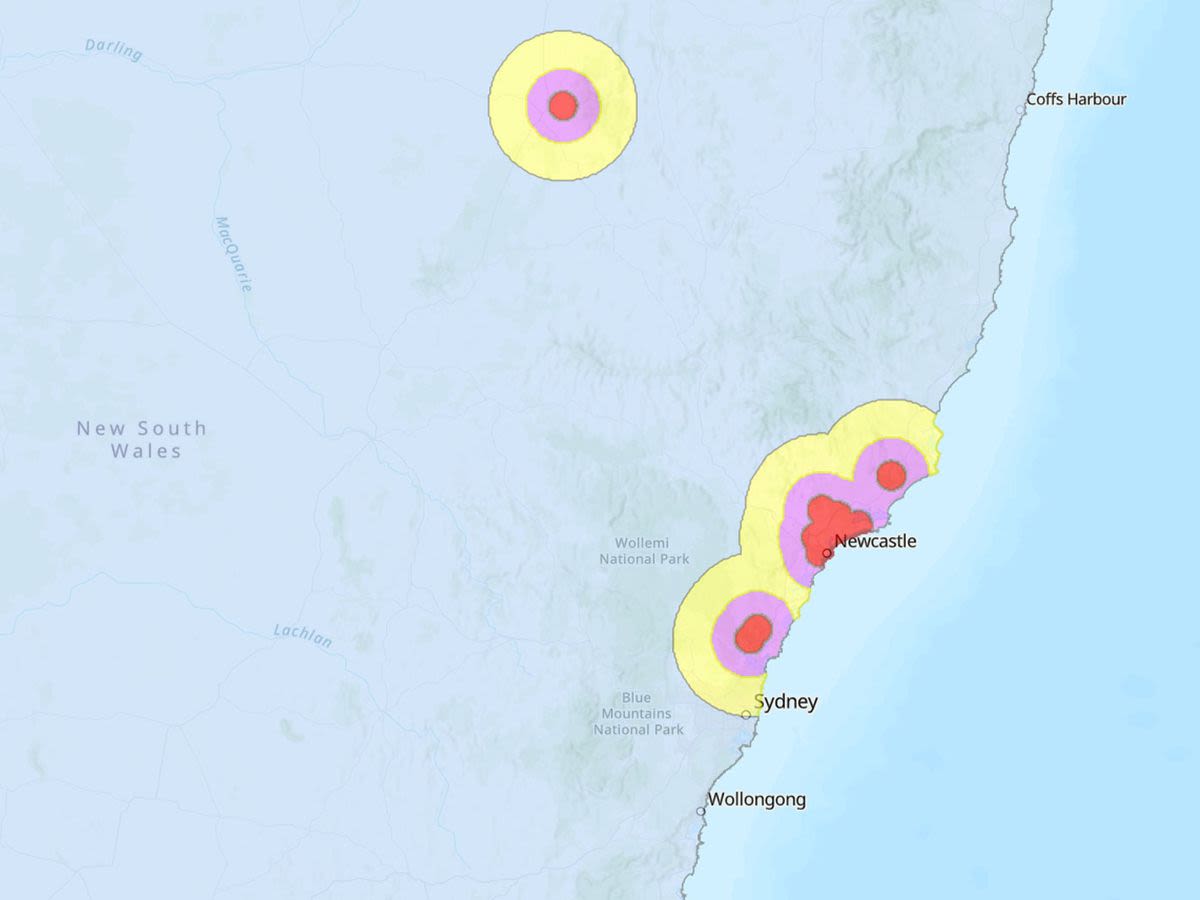
Source: Department of Primary Industries
Source: Department of Primary Industries
July, 2022
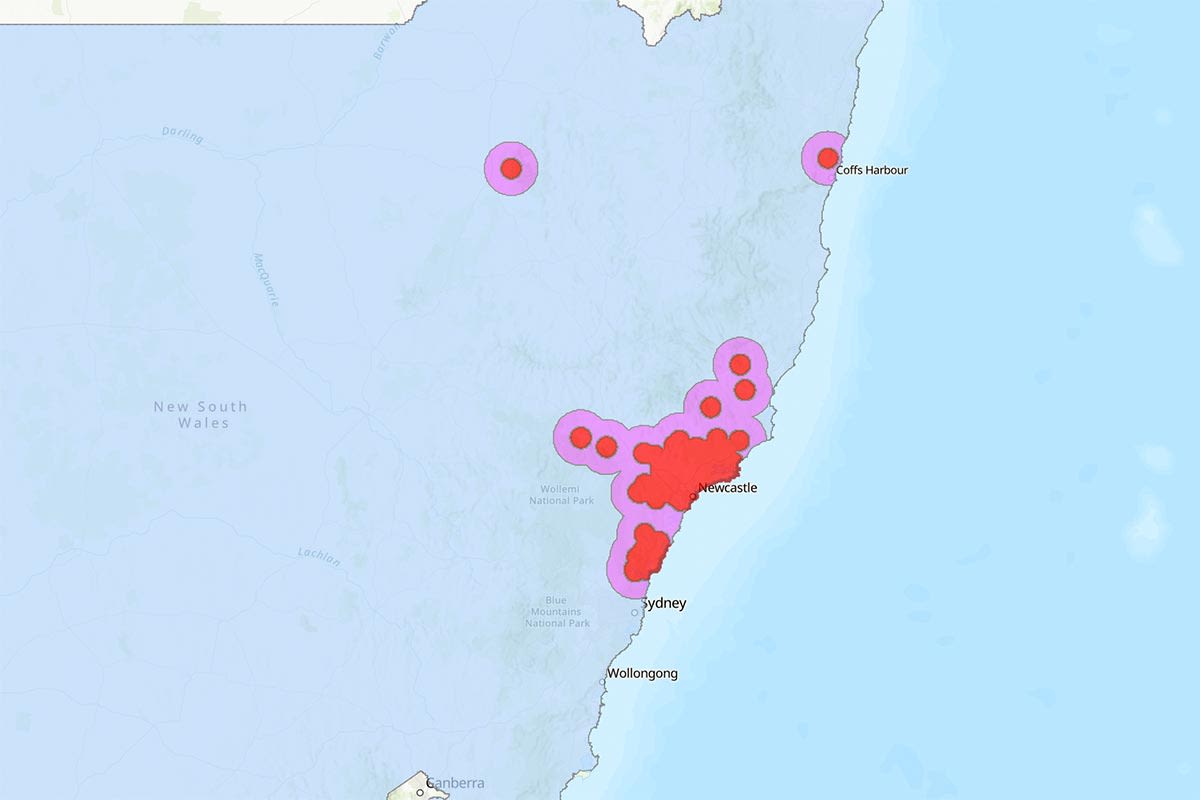
Source: Department of Primary Industries
Source: Department of Primary Industries
March, 2023
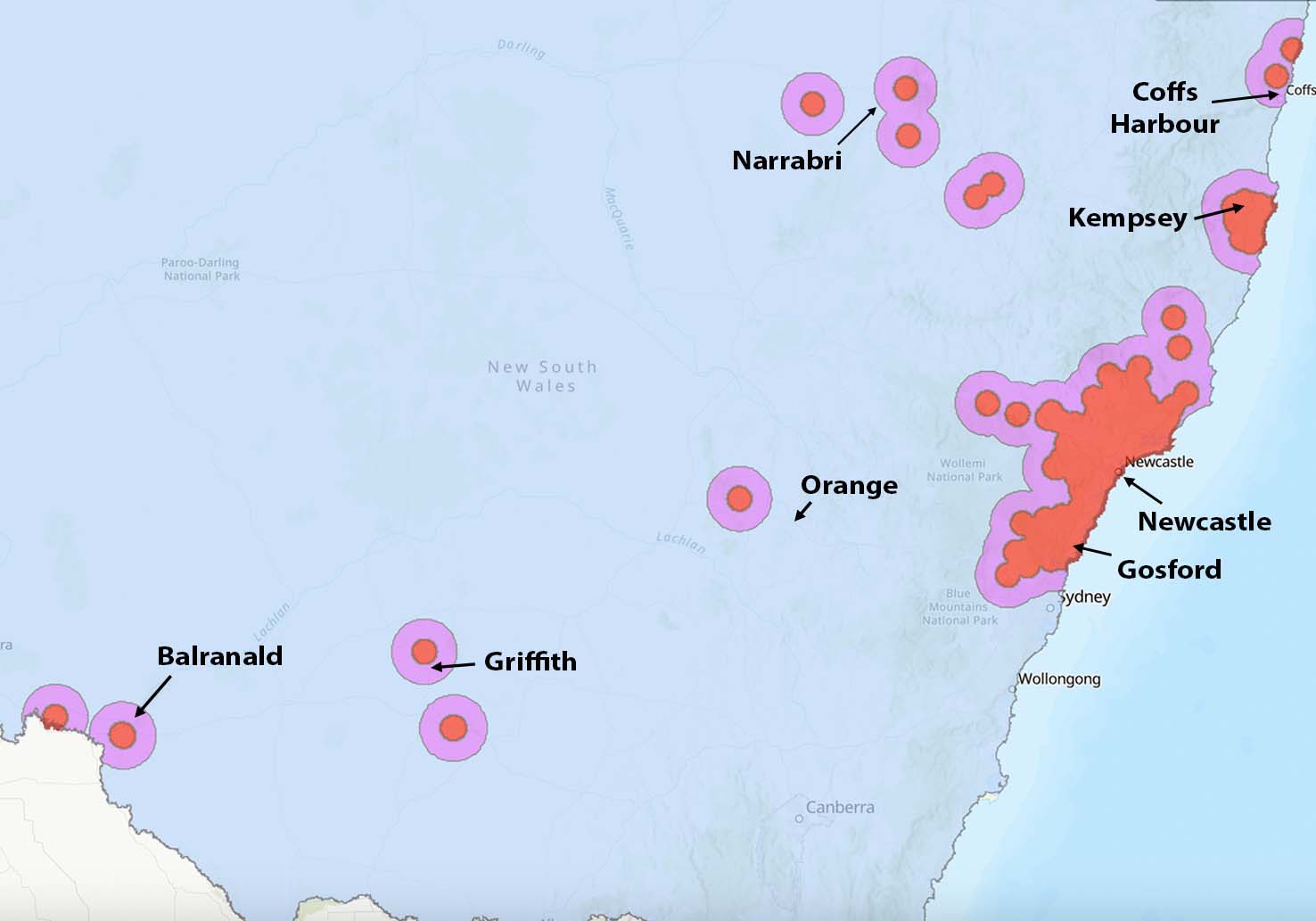
Source: Department of Primary Industries
Source: Department of Primary Industries
September, 2023
Cooper Schouten never believed eradication would work, even with complete restrictions. The sheer complexity of bee activity, he says, and that mites can last for days without a host makes eradication virtually impossible,“You only need to miss one mite.”
Schouten says if the NMG had consulted widely with the best varroa researchers in the world, they would have recognised how improbable eradication was.
But Le Feuvre, who sat on the NMG, believes there were too many experts. He admits this muddied the response. Each of the 26 representatives in the NMG sought separate advice, resulting in mixed messages and “no clarity on how to move forward.”
He concedes the response wasn’t perfect, including lack of trained personnel, “but suggesting it was mismanaged is a stretch.”
Le Feuvre knows the impact for many has been devastating. “I totally recognise that people have had their whole businesses wiped out. No one wanted that to happen, but there was no other option if we’re trying to achieve eradication.”
Steve Fuller, head of NSW Apiarists’ Association, who called for eradication to stop as early as October last year, says there was a clear alternative to eradication – managing varroa by monitoring and treating hives. This would have saved countless businesses.
“I have six people at the moment that we ring constantly that are on suicide watch. I’ve had blokes that went out with poison and one bloke had a rope around his neck when he was found. We need a full inquiry. How can we limit this happening again? If our biosecurity is that weak, God help us with foot and mouth.”
The DPI is reimbursing beekeepers for their hives and offering repayable loans to restart businesses. But the big unknown for many beekeepers is whether they can afford the time and money to manage varroa. “How do you repay a loan for a business that you don’t even know you’ve got a future in?”, asks Fuller.
It's expected Australia will lose 30 per cent of its commercial beekeepers, but honey and pollination might not fall dramatically. Schouten says the big operators, that own 80 per cent of beehives, will adapt to fill the gap.
Mark Brown gets constant emails from the DPI, which always end with a list of mental health services, but says he’s stopped reading them and hopes not to deal with the DPI again.
“They mismanaged it from the word go. I can see they were in a difficult situation and the economy had to be protected, but they should have gone to controlling the mite rather than killing the bees.”
Now that his depression is lifting, Brown is feeling the pull of honeybees again. Months ago, he placed one empty hive box in his paddock just in case bees that escaped the petrol fumes found their way back. The hive is still empty.
